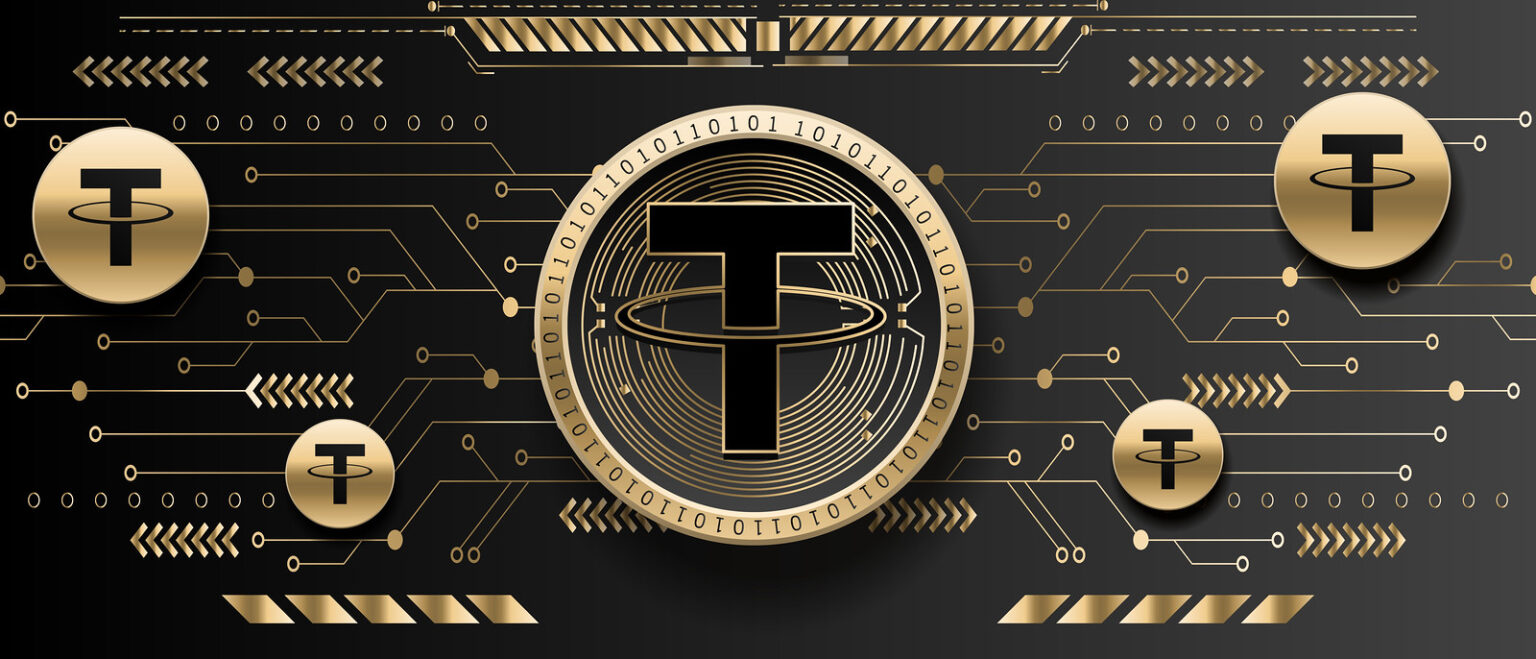In recent years, the cryptocurrency landscape has seen rapid developments and fierce competition. However, Tether’s recent foray into Bitcoin mining in Uruguay has faced significant challenges, reflecting the unpredictable nature of the crypto industry. Although Uruguay’s abundant renewable energy resources provided an attractive opportunity for Tether’s mining operations, recent setbacks highlight the complexities and risks involved in such ventures. Let’s delve deeper into Tether’s journey and the implications of their recent operational hiccups.
Tether’s Mining Project Stalled by Unsettled Power Bills
Tether’s Challenges in Uruguay: A Closer Look
Tether’s endeavor to establish a Bitcoin mining footprint in Uruguay has encountered a hurdle as the state-owned utility company, UTE, ceased power supply to Tether’s mining facilities due to outstanding payments totaling approximately $5 million. Local reports reveal that these payment issues began surfacing in May 2025, leading to UTE employing formal procedures to handle the default, including the utilization of security deposits before finally cutting off the electricity in late July.
The sudden interruption in power has led to immediate operational challenges. The affected mining facilities in Flores and Florida have seen a dip in computing activities and hash rate outputs, causing delays in Tether’s projected expansion plans. Reinstating operations will involve financial negotiations and adhering to strict regulatory requirements, processes that could take weeks to resolve.
The Vision Behind Tether’s Mining Expansion
Launched in 2023, Tether’s entry into Uruguay was part of its broader “Tether Energy” initiative, aimed at leveraging the country’s extensive renewable energy infrastructure. With Uruguay generating about 95% of its electricity from renewable sources, Tether viewed this as an opportunity to engage in sustainable Bitcoin mining while diversifying its business beyond stablecoin issuance. The project aimed to represent 1% of the global Bitcoin hash rate, underscoring Tether’s commitment to sustainable financial innovation.
According to Tether’s CTO, Paolo Ardoino, the project was a trailblazer in combining Bitcoin’s potential with Uruguay’s green energy credentials. This initiative was not only a step towards eco-friendly mining practices but also a testament to the integration of advanced technology and sustainable operations.
Tether’s Financial Landscape: USDT Market Cap Milestone
Amid these operational challenges, Tether’s stablecoin, USDT, has reached a remarkable market capitalization of $171.5 billion, reinforcing its leadership position in the stablecoin market. USDT’s commanding presence accounts for 58.9% of the stablecoin sector, cementing its status as the fourth largest cryptocurrency globally. This achievement underscores Tether’s significant influence in the digital currency arena, despite facing operational challenges elsewhere.
Frequently Asked Questions
What impact does Tether’s mining project have on its overall strategy?
Tether’s mining project in Uruguay was intended to diversify its revenue streams and leverage renewable energy for sustainable Bitcoin production. This initiative aligns with Tether’s broader strategy of integrating financial innovations with eco-friendly practices. However, the current setbacks highlight the need for resilient financial management and strategic adaptability.
How does USDT’s market position affect its stability?
USDT’s dominant market position as the leading stablecoin provides liquidity and a reliable medium of exchange within the crypto ecosystem. Its consistent market cap growth reinforces investor confidence in USDT’s stability and dependability as a digital asset.
Is Tether’s situation in Uruguay unique in the crypto industry?
While Tether’s challenges in Uruguay are specific, they reflect broader operational risks inherent in the crypto industry, such as regulatory compliance, financial management, and infrastructure development. Such incidents highlight the importance of strategic planning and risk mitigation for crypto companies.

